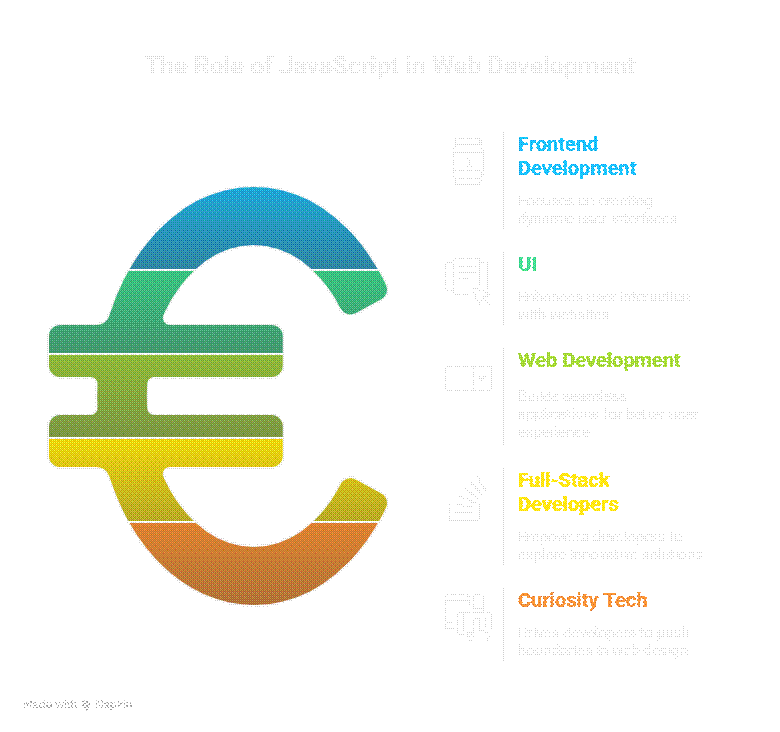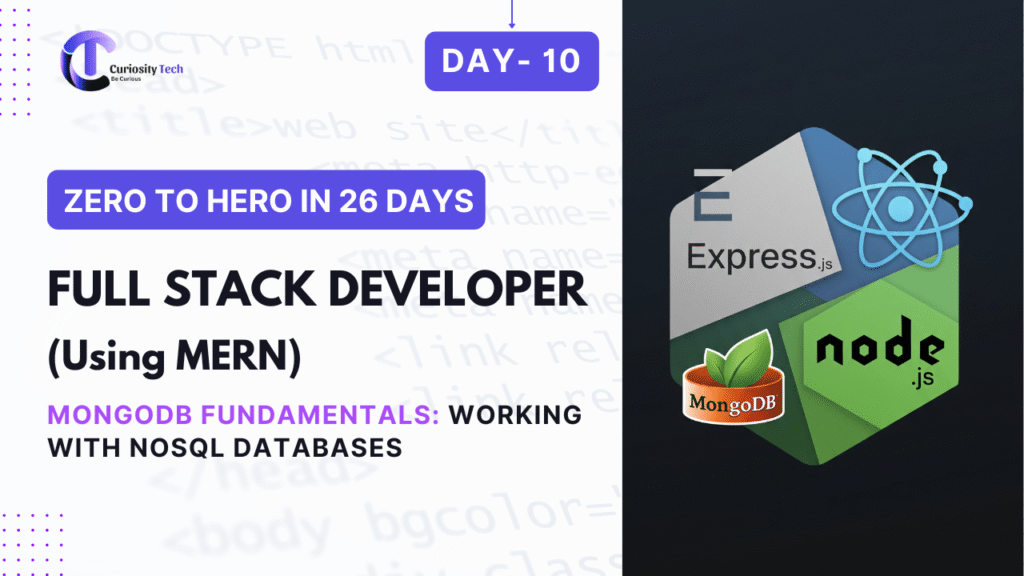Introduction
A core skill for a Java Full Stack Developer is database integration. A backend application is incomplete without a robust connection to a database. Java provides JDBC (Java Database Connectivity) for direct database interactions and JPA (Java Persistence API) for object-relational mapping (ORM), making database operations more intuitive and maintainable.
At CuriosityTech.in, we emphasize hands-on learning with both JDBC and JPA so that developers can efficiently store, retrieve, and manage data while following best practices in full stack development.
Why Database Connectivity Matters
- Persistent Storage: Your application needs to store data beyond runtime.
- Data Management: Efficient retrieval and updates of records.
- Integration with Backend: Smooth communication between business logic and database.
- Scalability: ORM frameworks like JPA handle large datasets and complex relationships.
CuriosityTech.in guides learners to build database-backed Java applications from scratch, ensuring a strong foundation in real-world project scenarios.
JDBC Basics
JDBC allows Java applications to interact with relational databases using SQL statements.
Key Components:
| Component | Purpose |
| DriverManager | Manages a list of database drivers and establishes connection |
| Connection | Represents a session with the database |
| Statement | Executes SQL queries |
| PreparedStatement | Executes parameterized SQL queries to prevent SQL injection |
| ResultSet | Holds data returned by queries |
Example: Connecting to MySQL with JDBC
import java.sql.*;
public class JdbcExample {
public static void main(String[] args) {
String url = “jdbc:mysql://localhost:3306/curiositydb”;
String user = “root”;
String password = “password”;
try {
Connection conn = DriverManager.getConnection(url, user, password);
Statement stmt = conn.createStatement();
ResultSet rs = stmt.executeQuery(“SELECT * FROM products”);
while(rs.next()){
System.out.println(“Product: ” + rs.getString(“name”) + ” | Price: ” + rs.getDouble(“price”));
}
conn.close();
} catch(SQLException e) {
e.printStackTrace();
}
}
}
JPA: Object-Relational Mapping Made Easy
JPA allows you to interact with the database using Java objects instead of raw SQL. Combined with Spring Data JPA, it simplifies CRUD operations.
Example: Product Entity
import jakarta.persistence.*;
@Entity
@Table(name=”products”)
public class Product {
@Id
@GeneratedValue(strategy = GenerationType.IDENTITY)
private Long id;
private String name;
private Double price;
// Getters and setters
}
Repository Interface
import org.springframework.data.jpa.repository.JpaRepository;
public interface ProductRepository extends JpaRepository<Product, Long> {}
Service & Controller Layer
@RestController
@RequestMapping(“/api/products”)
public class ProductController {
@Autowired
private ProductRepository repo;
@GetMapping
public List<Product> getAll() {
return repo.findAll();
}
@PostMapping
public Product create(@RequestBody Product product) {
return repo.save(product);
}
}
Diagram: JDBC vs JPA Workflow

Description: JDBC requires manual SQL handling, while JPA abstracts database operations into Java objects, making code cleaner and more maintainable.
Best Practices
- Prefer PreparedStatement in JDBC to avoid SQL injection.
- Use Spring Data JPA for cleaner, maintainable code.
- Always handle exceptions (SQLException or PersistenceException).
- Design normalized database tables for efficiency.
- Use transactions to maintain data integrity.
Integrating CuriosityTech Perspective
At CuriosityTech.in, developers learn to combine JDBC and JPA with Spring Boot, enabling them to create scalable full stack applications. The curriculum emphasizes practical examples like product management apps, e-commerce systems, and real-world REST API integrations.
Conclusion
Connecting Java applications to databases is a foundational skill for any Full Stack Developer. Mastering both JDBC and JPA ensures that you can handle database operations efficiently, whether you’re building small applications or enterprise-grade solutions. With guidance from CuriosityTech.in, you gain the practical knowledge needed to manage data effectively while keeping your Java backend clean, maintainable, and scalable.
SEO Keywords & Tags
Keywords: Java database connection, JDBC tutorial, JPA Spring Boot, Full Stack Java database, MySQL Java integration
Tags: JDBC, JPA, Spring Boot, Database, Full Stack Java, CuriosityTech



